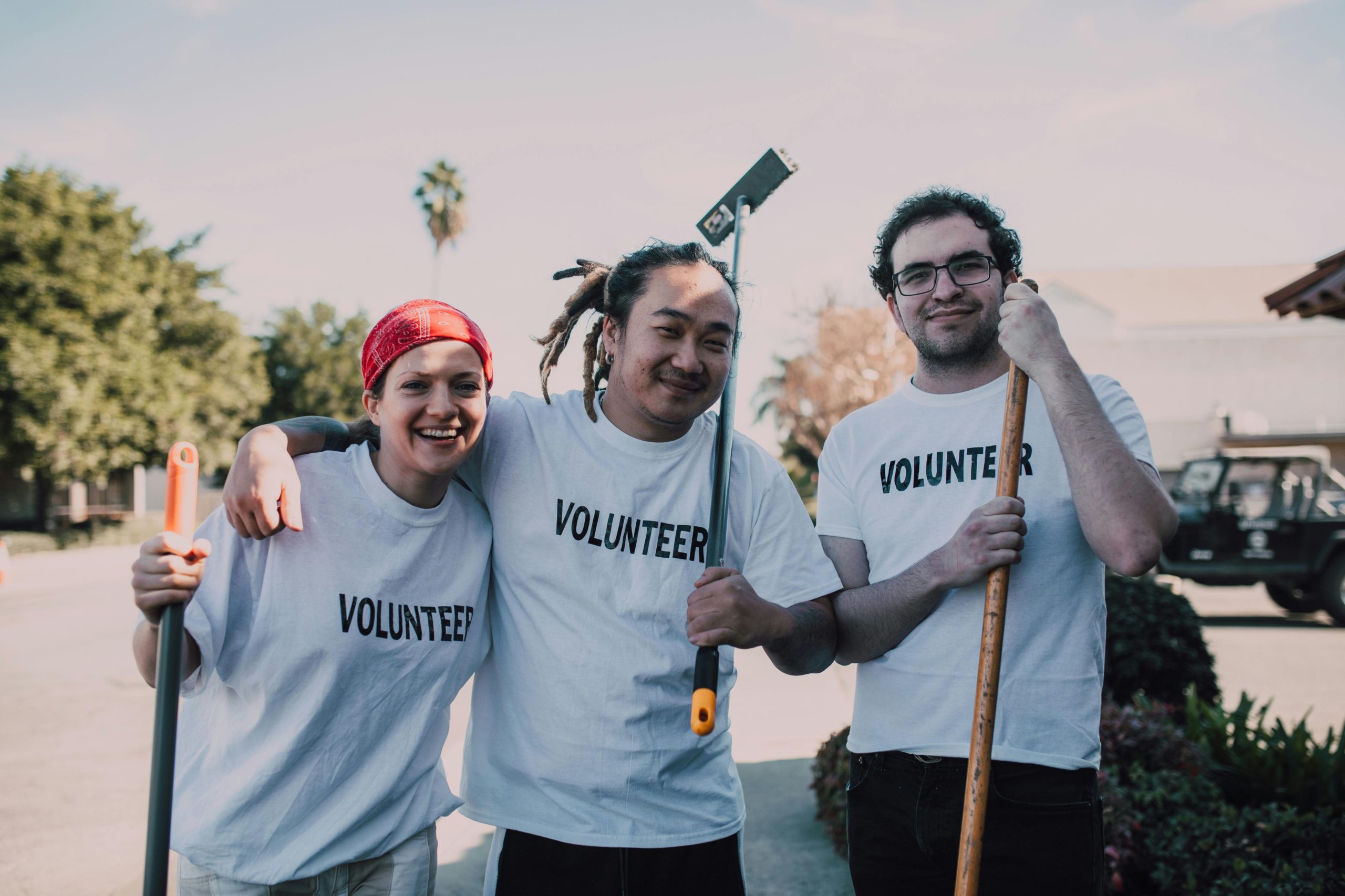Ever walked into a workshop and felt the chill of unfamiliarity in the air?
That initial awkwardness can stifle creativity and collaboration, making it tough to get the ball rolling.
Ice breaker activities are the perfect solution to warm up the room, help participants loosen up, and foster a sense of community right from the start.
In this blog post, we’ll explore a variety of engaging ice breaker activities, from classic games to innovative ideas that will kickstart your workshops and ensure everyone starts on a high note.
Why Use Ice Breaker Activities in Workshops?
Ice breaker activities are not just fun; they are a strategic tool used in workshops to set a positive tone and lay the groundwork for productive interactions. When participants engage in these activities, they’re more likely to feel comfortable, which reduces initial tension and social barriers. This comfort is crucial because it encourages openness and sharing, making the workshop not only more enjoyable but also more effective. These activities help transform a group of individuals into a cohesive unit, ready to tackle the workshop’s objectives with enthusiasm and cooperation.
Moreover, ice breaker activities foster participant engagement right from the start. Research shows that if individuals do not engage early in meetings, they are less likely to contribute at all. By incorporating simple icebreaker questions or quick icebreakers, you create an environment where everyone feels involved and valued. This early engagement leads to:
- Increased willingness to participate
- Enhanced communication among team members
- Greater generation of ideas and solutions
These benefits underscore why ice breakers are not just a preliminary fun activity but a fundamental component of successful workshops.
How to Successfully Implement Ice Breaker Activities in Workshops
To successfully implement ice breaker activities in workshops, start by carefully selecting an activity that aligns with the goals of your session. Consider the size of the group, the physical or virtual setting, and the overall objectives of the workshop. For instance, quick icebreakers like ‘Two Truths and a Lie’ might be perfect for smaller groups, while something more dynamic like a scavenger hunt could better suit larger groups or longer sessions. Always ensure the icebreaker is appropriate for the audience’s professional background and comfort level.
Next, clearly explain the rules and the purpose of the ice breaker activity to all participants. This helps set expectations and reduces any anxiety about participating. Here are a few steps to follow:
- Briefly describe how the activity will be conducted.
- Clarify the goals of the icebreaker, whether to relax the group, encourage teamwork, or simply have fun.
- Address any logistics like timing, materials needed, and how participants should organize themselves. By managing these details, you can ensure the activity runs smoothly and achieves its intended effect, making it a great way to kickstart your workshop.
Scavenger Hunts as Engaging Ice Breakers for Workshops
Scavenger hunts are a fantastic choice for an ice breaker activity in workshops, as they not only encourage teamwork but also stimulate problem-solving skills in a lively and interactive setting. By dividing participants into small groups, each team is tasked with finding a list of items or completing certain challenges within a set timeframe. This setup promotes collaboration among team members, especially beneficial in workshops where participants may not know each other well. The shared goal of the scavenger hunt helps break down initial barriers and fosters a sense of unity and accomplishment.
To maximize the effectiveness of scavenger hunts as ice breakers, consider the following tips:
- Mix participants from different departments or backgrounds to enhance diversity of thought and interaction.
- Include both simple and complex tasks in the hunt to cater to different skill levels and keep all participants engaged.
- Use a clear, concise briefing to explain the rules and objectives of the scavenger hunt, ensuring everyone understands and is ready to participate fully. By carefully planning and executing a scavenger hunt, you can transform the initial awkwardness of a workshop into an energized environment, paving the way for a successful and productive session.
Using Pictionary to Break the Ice in Workshops
Pictionary, a popular drawing game, serves as an excellent ice breaker for workshops by promoting a relaxed and interactive atmosphere. This game requires participants to draw a word or phrase without speaking, while others guess what it is. The simplicity of Pictionary ensures that everyone can participate, regardless of their artistic skill, making it an inclusive activity. This setup helps to break down social barriers and encourages a light-hearted interaction among participants, which is essential in easing the initial stiffness of formal gatherings.
Beyond just fun, Pictionary enhances several valuable skills that are beneficial in a workshop setting. It fosters clear visual communication and active listening, as players interpret drawings and hints from their teammates. Here are some key benefits:
- Boosts creativity by challenging participants to think about how to visually represent words or phrases.
- Enhances teamwork as success in the game depends on effective collaboration within groups.
- Promotes a shared experience, building a foundation for stronger interpersonal relationships. By integrating Pictionary into your workshop, you not only warm up the group but also equip them with soft skills that facilitate better interaction throughout the session.
The “Four Quadrants” Game: A Unique Ice Breaker for Workshops
The “Four Quadrants” game stands out as a unique and engaging ice breaker activity for workshops. In this activity, each participant receives a piece of flip chart paper and divides it into four quadrants. They are then asked to draw their responses to four thought-provoking questions, one in each quadrant. This method not only stimulates creativity but also allows individuals to share personal insights visually, making it easier for others to understand and relate to their experiences. The drawing aspect adds a fun, light-hearted element that helps reduce the initial stiffness often present in formal settings.
After individual work, participants regroup to share their drawings and the stories behind them with the entire group. This sharing phase is crucial as it:
- Promotes active listening and engagement among participants
- Fosters connections as individuals discover commonalities and differences in a visually engaging format
- Helps build a cohesive team atmosphere from the start of the workshop
By encouraging both personal expression and group interaction, the “Four Quadrants” game effectively breaks down social barriers and sets a positive tone for the rest of the workshop.
Two Truths and a Lie: A Classic Ice Breaker for Workshops
“Two Truths and a Lie” is a classic ice breaker that can quickly warm up the atmosphere in any workshop setting. The game is simple: each participant takes a turn to state three facts about themselves—two of which are true, and one that is a lie. The challenge for the others is to guess which statement is the lie. This activity not only injects a bit of fun into the session but also sparks curiosity and encourages participants to pay attention to each other. It’s a great way to begin a workshop because it immediately gets people talking and interacting in a light-hearted manner.
The beauty of “Two Truths and a Lie” lies in its flexibility and the minimal setup required. It can be played in both small and large groups, and it adapts easily to both physical and virtual settings. Here are some reasons why it works so well:
- Engages everyone: Each person gets a chance to speak, which helps in giving everyone a moment in the spotlight.
- Reveals personalities: The truths and lies participants choose to share can reveal a lot about their personalities and interests.
- Encourages listening: To guess the lie correctly, participants must listen carefully to each other, which enhances group dynamics from the start. By using “Two Truths and a Lie,” facilitators can set a playful tone for the workshop, making it easier to transition into more serious discussions or activities.
“Would You Rather”: Thought-Provoking Ice Breakers for Workshops
“Would You Rather” questions are a fantastic choice for ice breakers in workshops because they blend humor with thought-provoking dilemmas that can reveal much about participants’ preferences, values, and problem-solving skills. These questions require individuals to choose between two scenarios, pushing them to think critically and articulate their reasoning. This can lead to unexpected insights and laughter, helping to lighten the mood while also providing a deeper understanding of colleagues. For instance, asking whether someone would rather work on a challenging project that could result in a big promotion or a less stressful project with more work-life balance can spark discussions about career aspirations and personal values.
The effectiveness of “Would You Rather” as an ice breaker lies in its simplicity and the engaging conversations it can ignite. Here are a few reasons why these questions work so well in a workshop setting:
- Encourages participation: Everyone has an opinion, making it easy for all attendees to get involved.
- Builds connections: As participants share their choices and reasons, they discover similarities and differences among each other, which can foster a sense of camaraderie.
- Sparks curiosity: The intriguing nature of the questions piques interest, keeping the group engaged. By incorporating “Would You Rather” questions into your workshop, you not only break the ice but also set the stage for a session filled with active participation and collaborative spirit.
Humorous Ice Breakers to Lighten Up Your Workshops
Humorous ice breakers are a fantastic way to lighten the mood in any workshop or meeting. When you introduce fun icebreakers that make people laugh, you immediately help to lower everyone’s guard and dissolve the typical formalities of a professional setting. This relaxed atmosphere is conducive to creativity and can make it easier for participants to engage with the workshop material and each other. Examples of humorous ice breakers include joke contests or playful debates on light-hearted topics.
The benefits of using humor as an ice breaker are manifold. Firstly, laughter is a powerful tool for bonding; it not only reduces stress but also helps in forming quick connections among participants. Here are some key advantages:
- Eases anxiety and makes participants more comfortable
- Boosts overall group energy levels, which can enhance productivity
- Helps create memorable moments that participants are likely to enjoy and remember
By incorporating these fun and light-hearted activities, you set a positive tone for the rest of the workshop, ensuring a smoother and more effective session.
Start Your Next Workshop with a Bang and Discover Indulge’s Culinary Tours!
To wrap up, integrating dynamic ice breaker activities can transform your workshops, making them more engaging and collaborative. Why not take it a step further by exploring INDULGE’s culinary tours? These unique experiences are designed to enhance team bonding through the shared joy of discovering new tastes and cultures, perfect for kicking off any team event with a memorable start.
Consider incorporating a culinary tour as part of your next workshop. Here’s what makes INDULGE’s offerings stand out:
- Guided tours by local experts, offering insights into Zurich’s rich culinary heritage.
- Exclusive tasting sessions that include everything from Swiss specialties to international cuisines.
- A chance to forge stronger connections among team members in a relaxed and enjoyable setting.
This innovative approach not only spices up the usual workshop routine but also fosters a more cohesive and collaborative team environment.
Frequently Asked Questions
What is a good ice breaker for a workshop?
A good ice breaker for a workshop could be “Two Truths and a Lie,” where each participant states three facts about themselves, two of which are true and one that is a lie. It’s a classic game that encourages interaction and helps participants learn about each other in a light-hearted manner.
What are good icebreaker activities?
Good icebreaker activities include quick games like “Two Truths and a Lie,” creative and engaging games like Pictionary, and thought-provoking activities like the “Four Quadrants” game. These activities help reduce initial awkwardness, encourage participation, and foster a sense of community among workshop participants.
What is the ice breaker activity for a training session?
An effective ice breaker activity for a training session could be a Scavenger Hunt, which encourages teamwork and stimulates problem-solving skills in an interactive setting. This activity involves participants working in small groups to find items or complete challenges, helping to break down barriers and promote a collaborative atmosphere.








